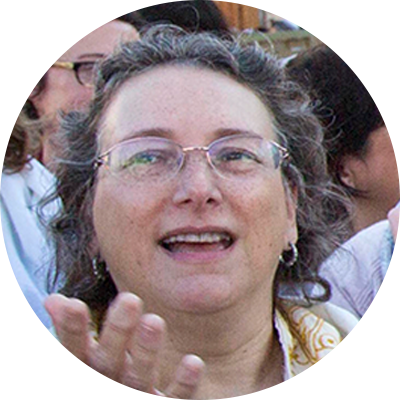Israeli students from across the country saw their hopes and dreams go into space. The high schoolers designed and developed nine miniature research satellites that were launched aboard SpaceX’s Falcon 9 rocket n March 15, 2025, reported The Jerusalem Post.
The small, cube-like satellites contain scientific and communications instruments that will collect data on cosmic radiation that the students will be able to monitor.
“Cosmic radiation consists of highly energetic particles, mainly protons, originating from the sun, as well as deep-space events such as supernova explosions, professor Meir Ariel, head of the center for space engineering at Tel Aviv University’s faculty of engineering said in a press release from the university. “While life on Earth is relatively protected from this radiation by the planet’s magnetic field and atmosphere, astronauts in space and electronic systems on satellites are exposed to this potentially harmful radiation.”
This was the largest Israeli constellation of satellites ever launched. The nine satellites that are in a low Earth orbit are expected to remain operational for around three years, according to the press release. This was the second set of satellites built by Israeli students sent into space.
The Tevel 2 Project
The 300 students took part in Tevel 2 project that is a collaboration from the Ministry of Science and Technology, Tel Aviv University (TAU), and nine municipalities; mostly from Israel's social periphery.
The students joined the project in the 10th grade and are now seniors. The students worked in research and development centers set up by TAU. They came from five predominantly Jewish municipalities, three Arab, and one Druze community. The project combines scientific and social vision by connecting different communities.
“The Tevel2 project is a testament to the power of Israeli innovation. We see here a winning combination of scientific excellence, technological education, and societal integration. These satellites will not only provide crucial scientific data; they will also serve as an inspiration for the next generation of Israeli space scientists,” brigadier general and the director general of the Israeli Space Agency Uri Oron said in the press release.

(Courtesy Herzliya Science Center)
Hope and Remembrance
One of the satellites was developed by Druze students from Yarka – which is in the hills of the Galilee – and was unique from the others. It was a big milestone for the community and the launch occurred at the same time as a visit of Druze sheiks from Syria, reported The Jerusalem Post.
The satellite from the Sha'ar HaNegev center will transmit the names of all the Israeli civilians and soldiers who were killed from October 7, 2023, through December 2024 into space. This is incredibly significant since the Sha'ar HaNegev region suffered many losses in the October 7 attack and the students who took part in the program were displaced from their homes.
To some people satellites represent science and innovation but it is so much more. “This is an especially emotional moment for me – to see young men and women from all sectors of Israeli society working together, turning a dream into reality, and making history in space,” innovation, science, and technology minister Gila Gamliel told The Jerusalem Post.

(Courtesy ISISPACE)







